Years before James Taylor released his debut, featuring his Beatles-inspired “Something in the Way She Moves”—which he performed for George Harrison and Paul McCartney during an Apple audition—he recorded a collection of songs he had written and recorded with his band the Flying Machine. The album, James Taylor and the Original Flying Machine was later released in 1971 and includes the track “Night Owl,” later covered by his first wife Carly Simon.
By his second album Sweet Baby James in 1970, Taylor had his first hit with “Fire and Rain” and a hit with his cover of Carole King‘s “You’ve Got a Friend” a year later on his album Mud Slide Slim and the Blue Horizon. The latter hit earned him a Grammy for Best Male Pop Vocal Performance and King for Song of the Year. Taylor also became known for more covers by the mid to late-’70s with his rendition of Marvin Gaye’s “How Sweet It Is (To Be Loved by You),” peaking at No. 5 on the Billboard Hot 100, and Otis Redding’s “Handy Man” going to No. 4.
Throughout his career, spanning five Grammy awards and 20 albums through American Standard in 2020 and more original hits including “Long Ago and Far Away,” “Shower the People,” “Mexico,” and more, as a songwriter, Taylor also wrote several songs for other artists, including Tom Rush’s 1970 song “Riding on a Railroad” from Wrong End of the Rainbow, “You Can Close Your Eyes” for Kate Taylor on her 1971 album Sister Kate, and “Benjamin” for the David Sanborn Band’ from’s album Promise Me the Moon in 1977.
In 2018, Taylor also co-wrote “Change” for Charlie Puth. “Listening to James on tape, because that’s what we did at the time, the greatest hits on side A and B, and then hearing those songs in my first live setting as a kid, it was pretty profound,” said Puth of his first live experience seeing Taylor as a kid. “I do attribute the experience to me wanting to be a performer.”
Videos by American Songwriter
Taylor on Songwriting
During a sit down with students at the Berklee College of Music in 2008, Taylor revealed how he wrote songs, which wasn’t a very uniform process. “I play guitar and musical things come out, and I trap them on a little device,” said Taylor. “Nowadays I just put ’em on a cell phone [using] voice memo.”
He added that the guitar often informs his arrangements. “My thumb basically becomes the bass part and the other things I’m playing become what you would call rhythm guitar and piano,” he said, “and the vocal part expands.”
After he found success, Taylor admitted that songwriting shifted for him. “It changes things hugely to be aware of what [fans] might expect,” he said. “Ninety-nine percent of what we do with our conscious minds is ask, ‘How am I doing?’ I try to transcend it, but I’m hopelessly committed. I want to do well. I’m not sure why.”
He continued, “People have different definitions for success. It sounds kind of Pollyanna-ish, but the best judge of one’s success is to what extent you can actually be of service. People occasionally come to me and say, ‘You helped me.’ That’s very gratifying.”
“Roll River Roll”
When Taylor was 14 he wrote his first song. Though mediocre in size and scope compared to his greater catalog, it was a special song, which he sang to the students at Berklee. “Roll River Roll” was a “simple folky number with simple guitar chords,” that was inspired by summers Taylor and his family spent on Martha’s Vineyard, where there was a big folk music scene.
Roll, river, roll
As long as you can be
Longest river I’ve ever seen
Rolling to the sea
While visiting the Late Show with Stephen Colbert in 2019, Taylor offered more specific advice to young songwriters. “Choose a song you like then rewrite it,” he said. “Write new chords to it and different lyrics but keep the trajectory of the song.”
Taylor joked that he didn’t copy any songs when he started out but he was emulating people he admired. “I did once try to write a song that way,” admitted Taylor. “I took a Beatles song, ‘Treat Me Like You Did the Night Before’ and I wrote a song called ‘Turn Away.’ … You can come close but you mustn’t actually steal it. Just use it as a template.”
Photo: Aaron Rapoport/Corbis/Getty Images

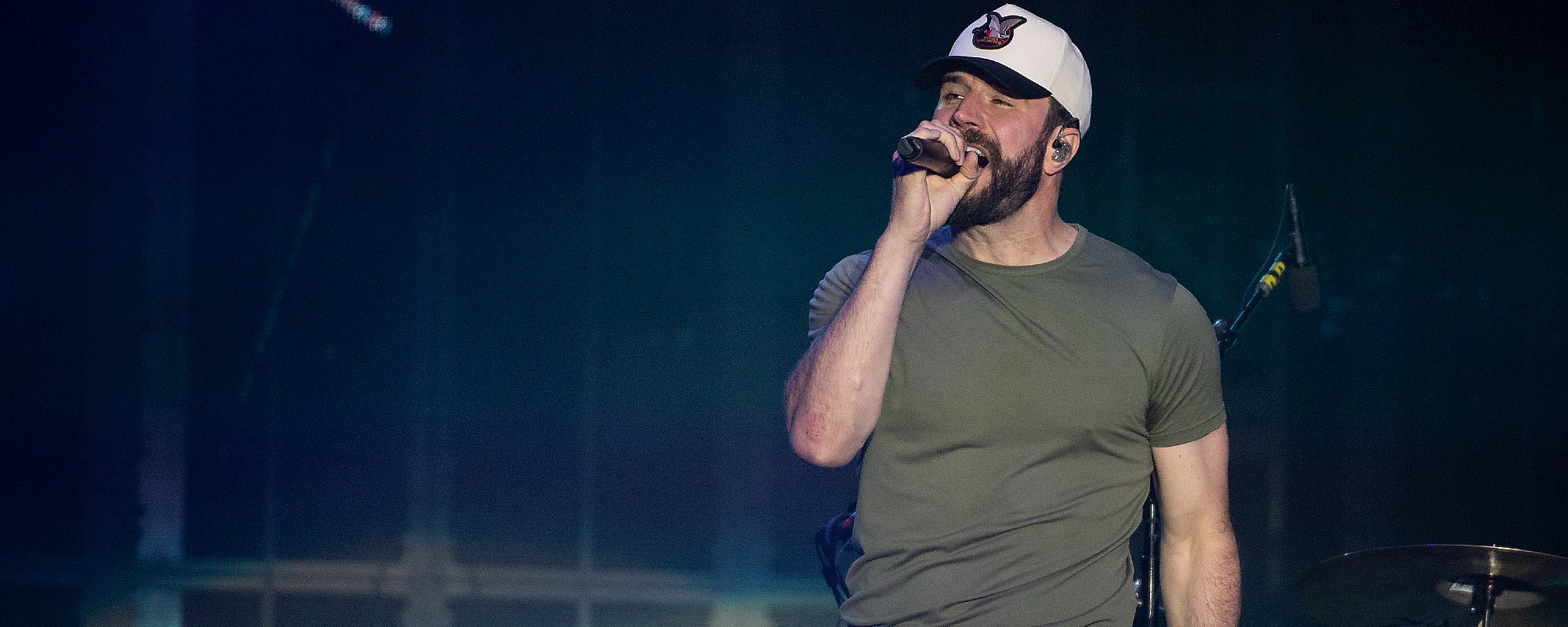
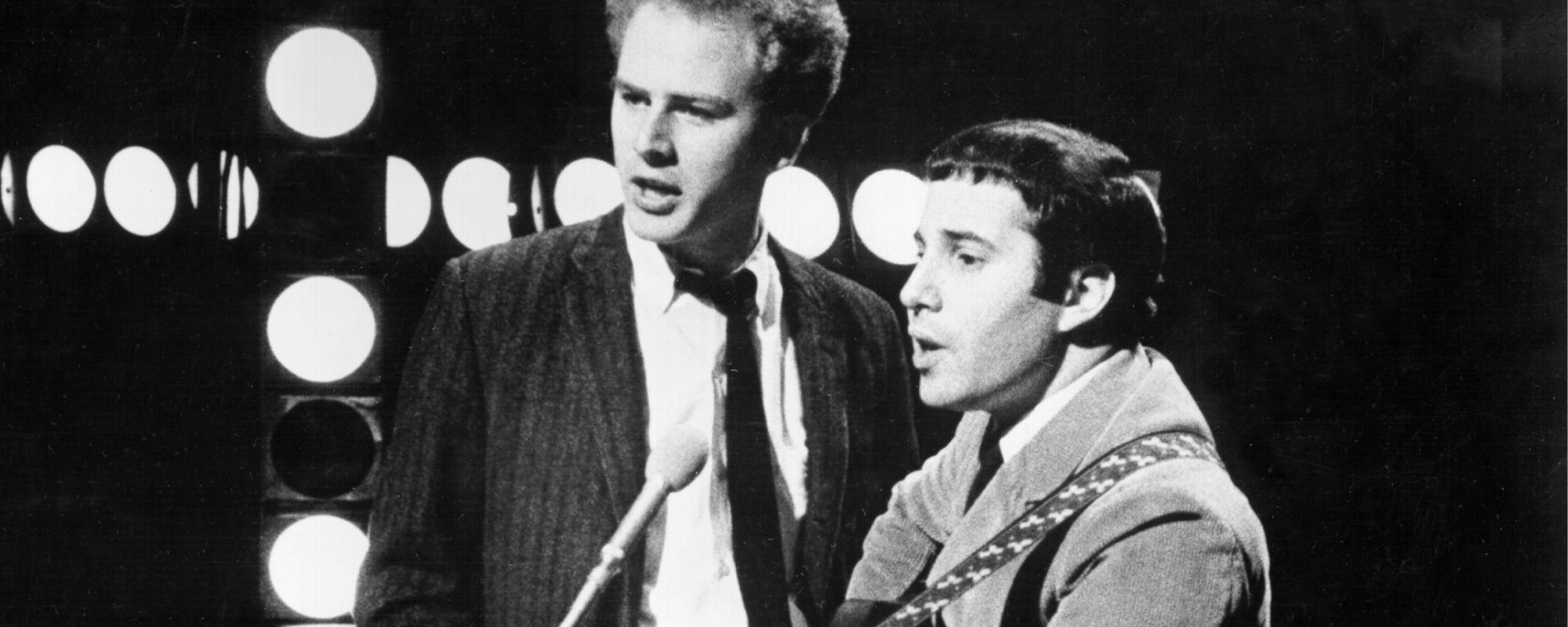

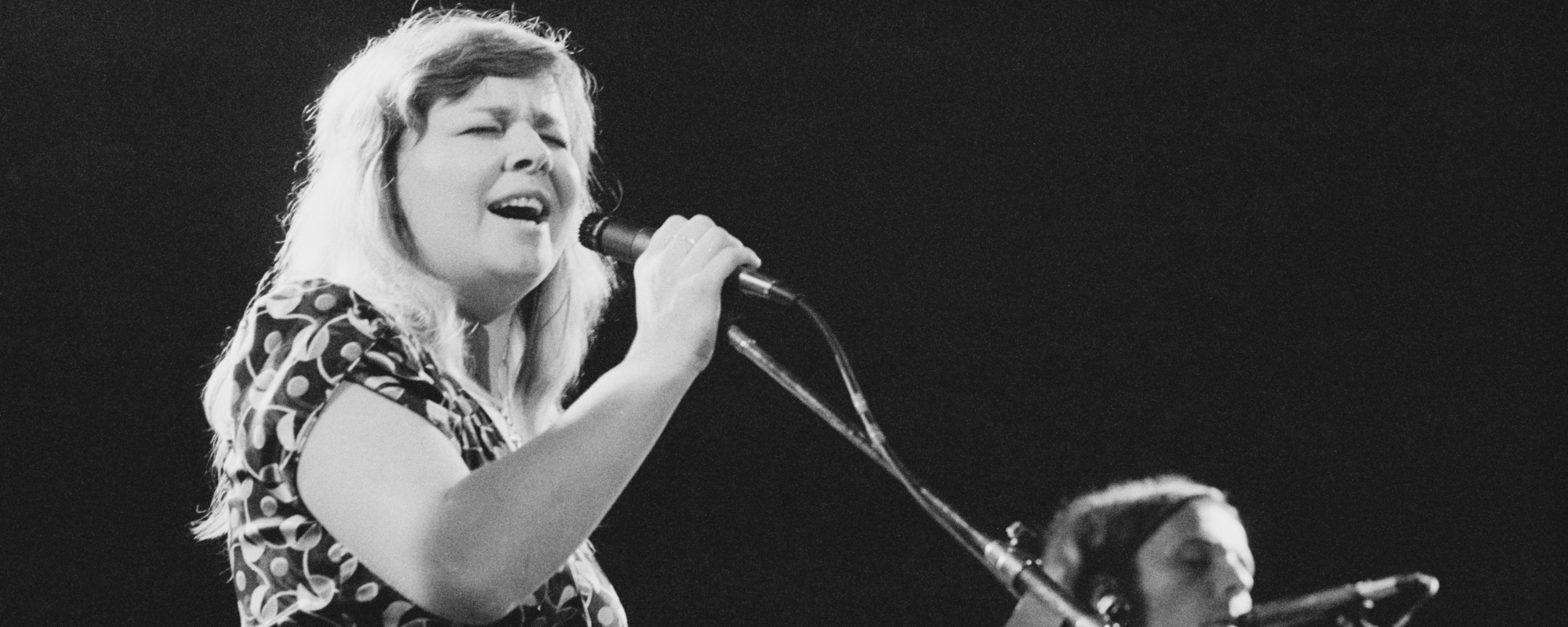
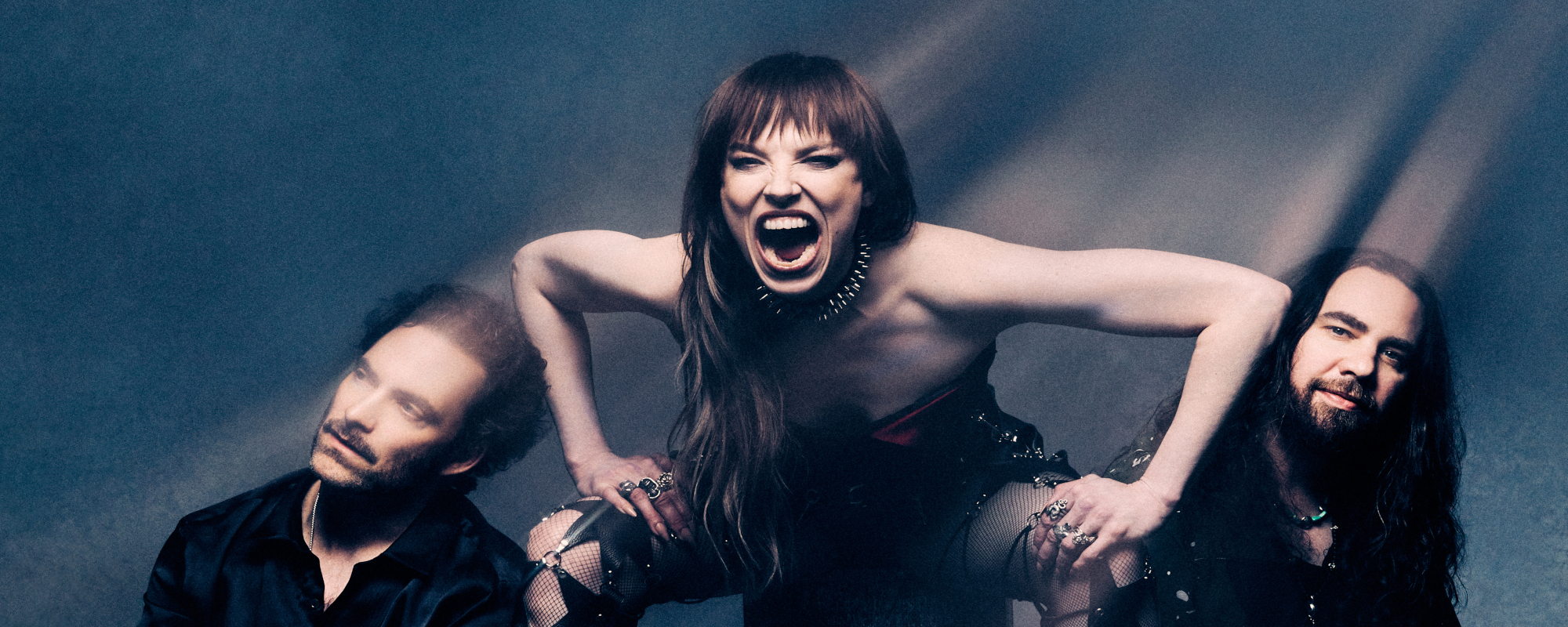

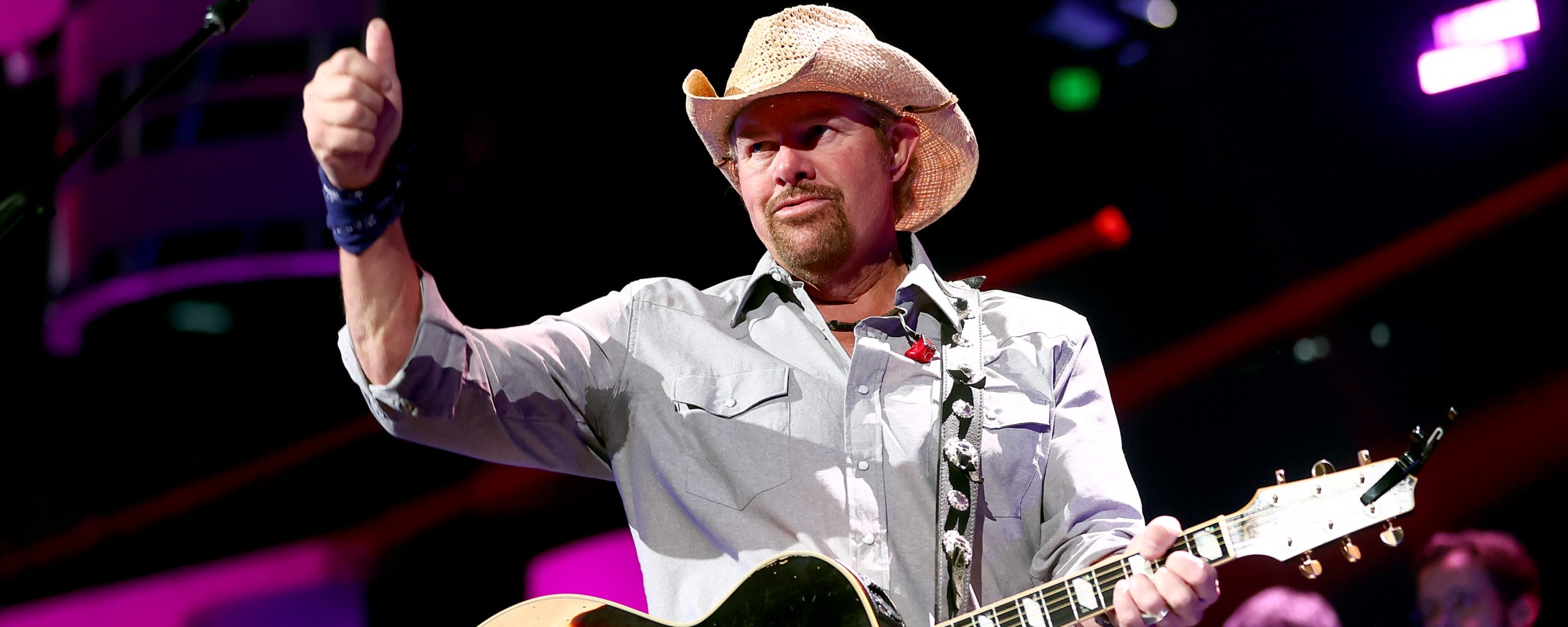


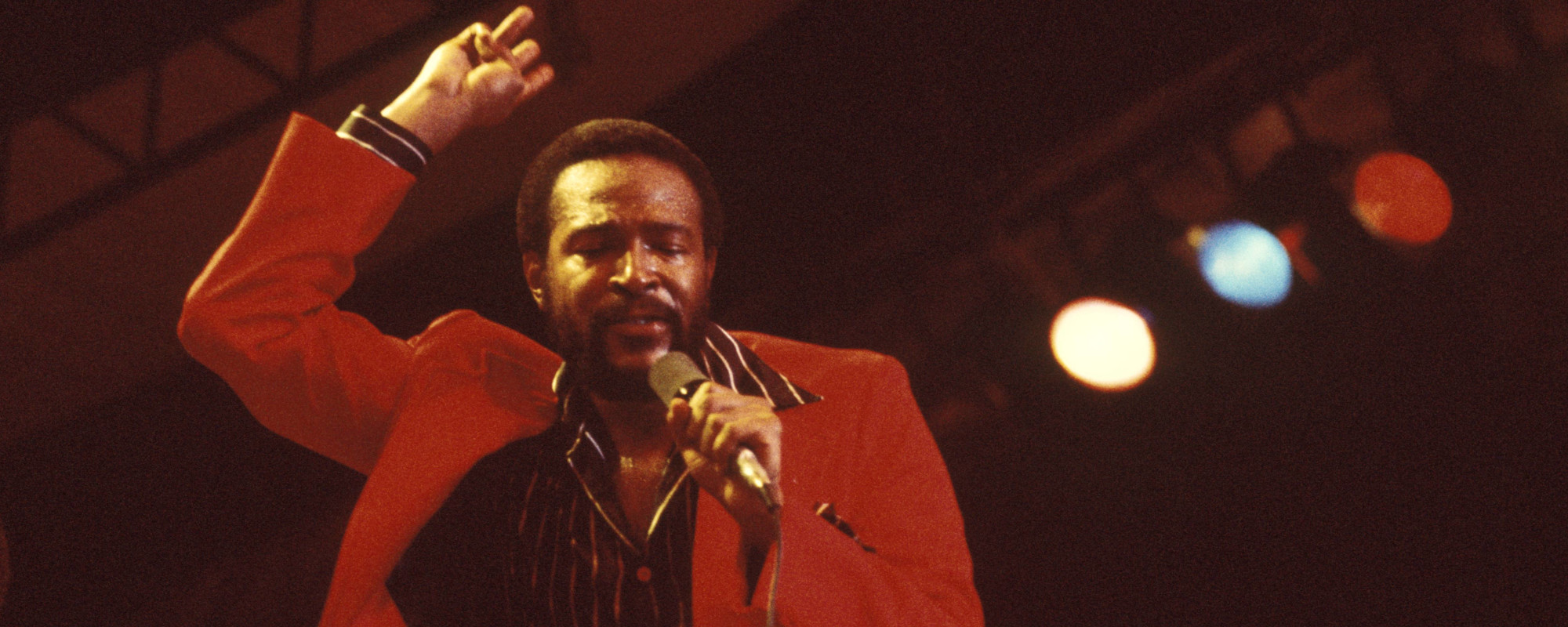
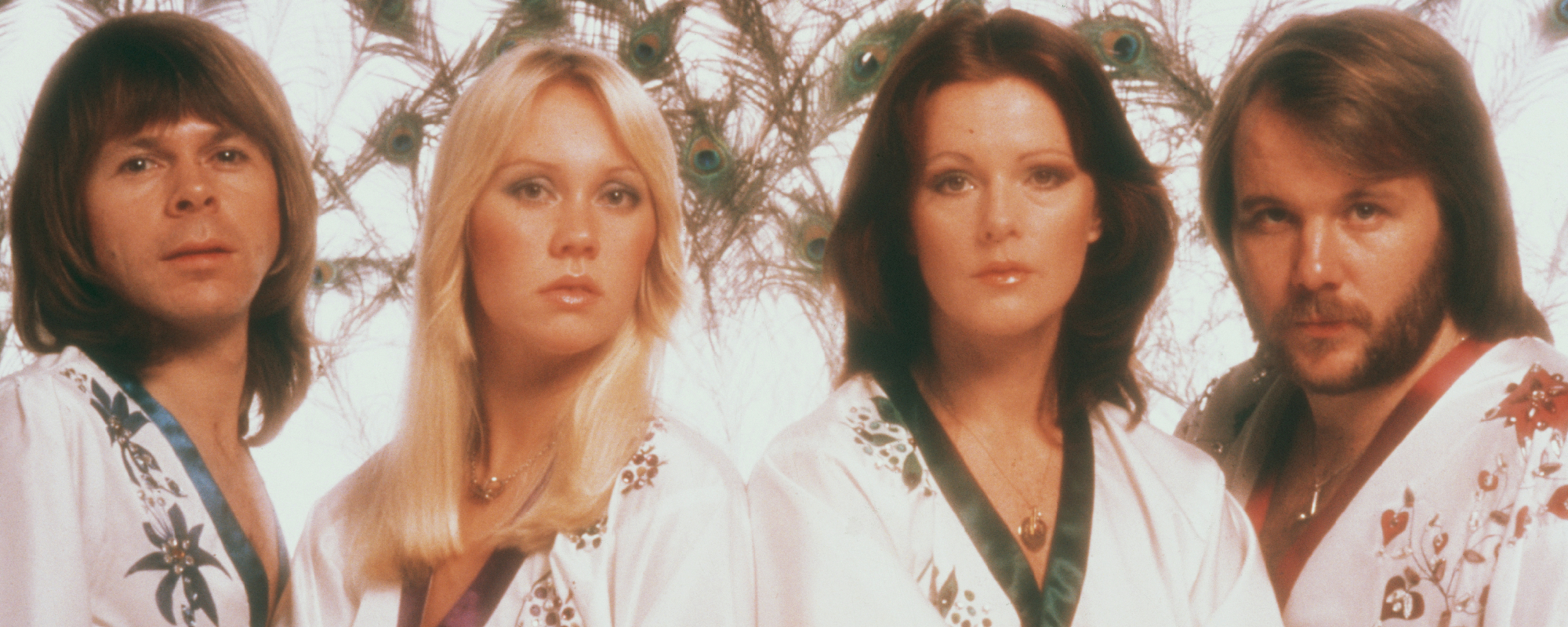
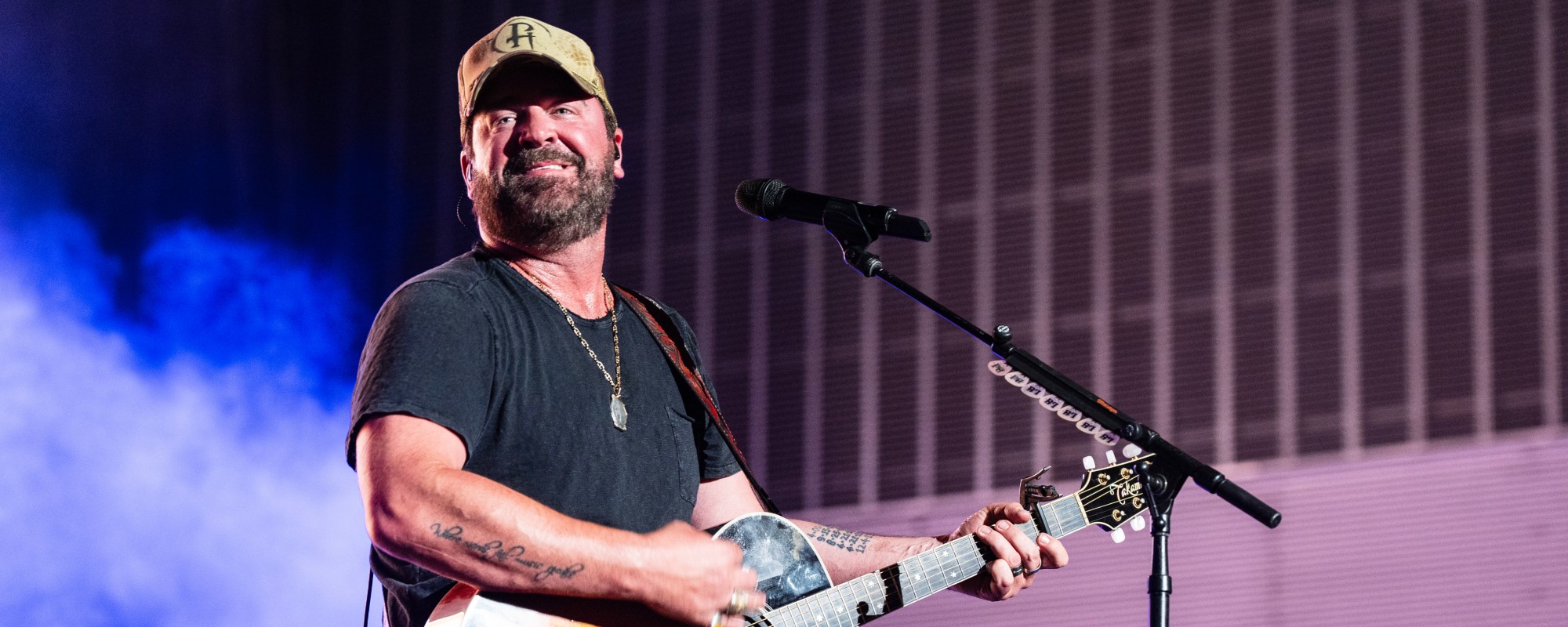
Leave a Reply
Only members can comment. Become a member. Already a member? Log in.